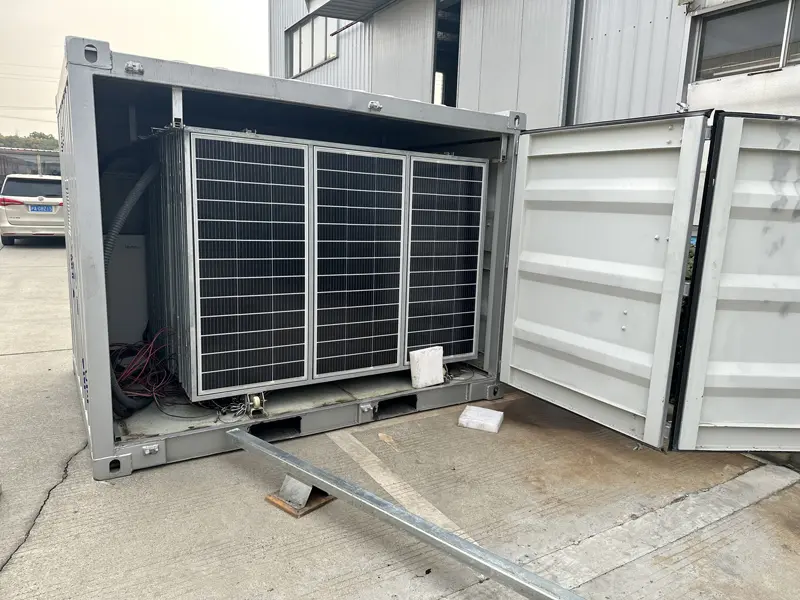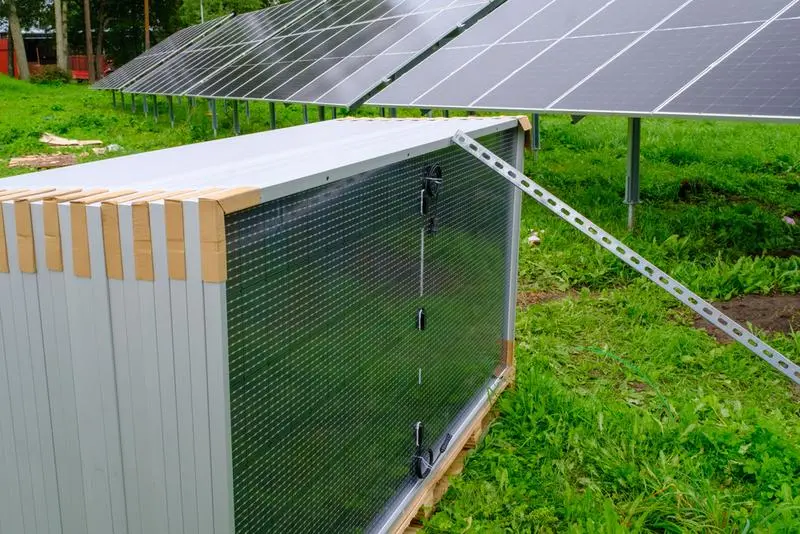Thinking of going solar and want to know how much it will cost to ship those panels in a shipping container? You're not alone. With renewable energy on the rise, particularly among off-gridders, businesses, and environmentally minded homeowners, solar panel shipping logistics are growing more prominent by the day.
Let's lift the veil and take a closer examination of what it really costs — and why that's changing over time.
Who’s Asking — And Why It Matters
Whether you’re a solar startup importing your first bulk order from Shenzhen or a do-it-yourselfer outfitting a container home in the Arizona desert, the cost of shipping solar panels in a container is more than just a line item — it can make or break your project budget.
This guide is designed for:
Importers and solar retailers
Developers working on solar farms or containerized power stations
Homesteaders and tiny house enthusiasts
Anyone shipping panels overseas
So how much are we talking? Let's dive into the numbers, trends, and what to expect in 2025.
Quick Answer: How Much Does Shipping Solar Panels in a Container Cost?
Short version: From 2024, it costs between $2,800 and $5,500 to ship a 20-foot container of solar panels around the world, depending on origin, destination, fuel prices, and demand. The 40-foot container, which is the one used for larger installations, ranges from $4,500 to $8,000.
But that's just the tip of the iceberg.
What Determines the Price?
Here's an amateur's explanation of what the cost of shipping solar panels by container is made of:
- Container Size
20-foot container: Holds around 280–330 solar panels depending on density of packing.
40-foot container: Holds 650–700 panels.
The longer the container, the less your cost per panel—but more initial cash upfront.
- Shipping Distance & Route
Asia to U.S. West Coast: Less costly than Asia to Europe or Africa.
Inland trucking (i.e., from warehouse to dock) sometimes can equal ocean freight.
- Fuel Prices & Surcharges
Recall 2021's shipping shortage? Fuel surcharges and port congestion drove prices up 40% in some instances. Though things have largely steadied, bunker fuel prices and port congestion fees continue to affect your bottom line.
- Insurance & Duties
Don't overlook this. Import duties, tariffs (particularly Chinese panels), and marine cargo insurance can cost hundreds — even thousands — based on volume and nation.
- Container Type
Dry containers are less expensive.
Reinforced or climate-controlled (not usual for panels, but occasionally requested) may cost more.

A Look Back: 2020–2024 Shipping Cost Trends
| Year | Avg. Cost (40ft container) | Notes |
| 2020 | $3,800 | Before COVID, stable rates |
| 2021 | $6,500+ | Shortages of containers due to COVID |
| 2022 | $5,700 | Rates softening, but volatile |
| 2023 | $4,800 | Better balance,more competition |
| 2024 | $4,200 | AI-powered logistics improved margins |
Industry Insight: AI and smart logistics have lowered costs by filling cargo space more efficiently and bypassing delays. That is a trend that will probably persist in 2025.
Forecast: What to Expect in 2025?
So what's on the horizon in 2025?
Increased panel demand (bifacial and thin-film tech in particular)
More localized U.S. and EU production (less import needs)
Digital freight platforms that reduce broker markups
Estimated price in 2025:
20-ft container: $2,500–$4,800
40-ft container: $3,900–$6,500
That's a 10–15% drop in most routes from 2023–2024 averages.
Real-World Case Study
Case: A U.S. Solar Startup Sourcing from Vietnam
In 2023, a California startup bought 14,000W of solar panels from Vietnam (around 40 panels). Below is the cost distribution:
Panels: $6,200
Shipping (20ft container): $3,000
Insurance & Tariffs: $850
Total landed cost/panel: ~$255
If they bought it in a shared container (LCL), it would have been more expensive per unit with additional handling charges and lower efficiency.
Lesson: FCL is the most prized choice, especially for bulk shipment.
Is There a Smart Way to Save on Shipping?
Yes — here are a few pro tips:
Use freight consolidators: Share container space if you’re under the load threshold.
Book early: Prices spike seasonally (especially around Q4 due to inventory rush).
Choose alternate ports: West Coast U.S. ports often cheaper than East Coast or inland.
Ask yourself:
Would it be cheaper to purchase in-house with a higher panel cost, or have it shipped in and pay shipping + duties?
You may be amazed at the figures.
Trends to Watch
Floating solar farms (also referred to as "floatovoltaics") need lighter, more moduleized shipping — potentially redefining panel stacking.
Modular battery-panel modules are gaining traction. They may require special handling or change container packing logistics.
Decarbonized shipping lanes: Find carriers using LNG or electricity — cleaner and (in a few instances) more economical.

Shipping Panels Is Less "How Much" and More "How Smart"
Shipping solar panels is not merely a matter of stuffing them in a box and sending them off. It's a strategic decision that depends on the weight of the load, timing, tariffs, and changing global currents.
And while prices have fluctuated over the last half-decade, the future is slightly more certain — and even rosy — with technology making it simpler to move things across the globe.
So.
Would you pay a bit more today for better tech, or bide your time until 2025 prices drop?
Only you can decide — but now you have the numbers.

